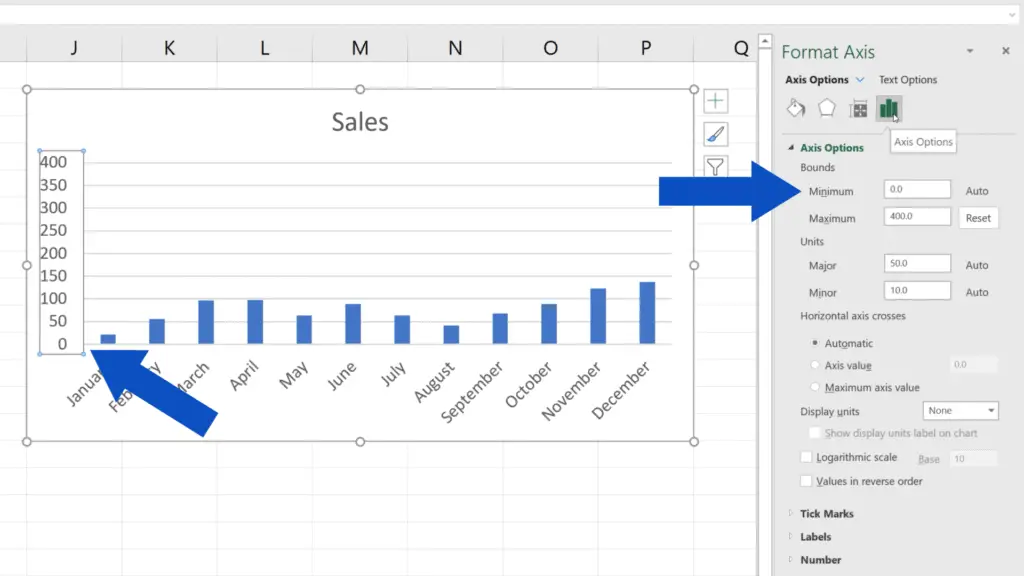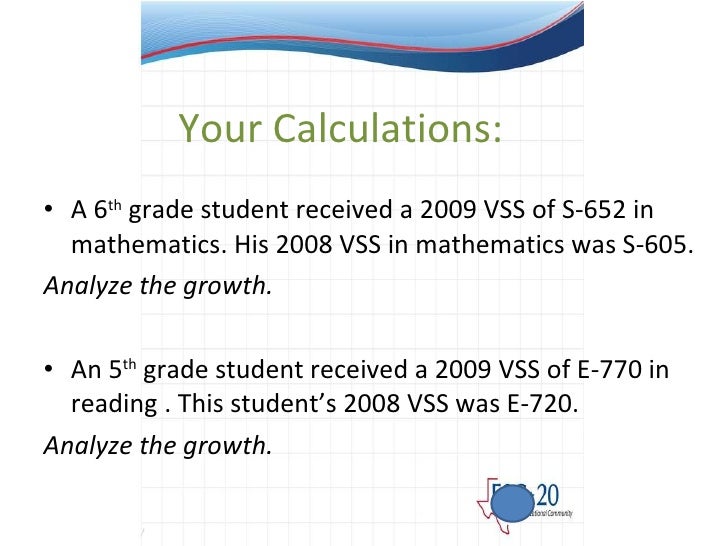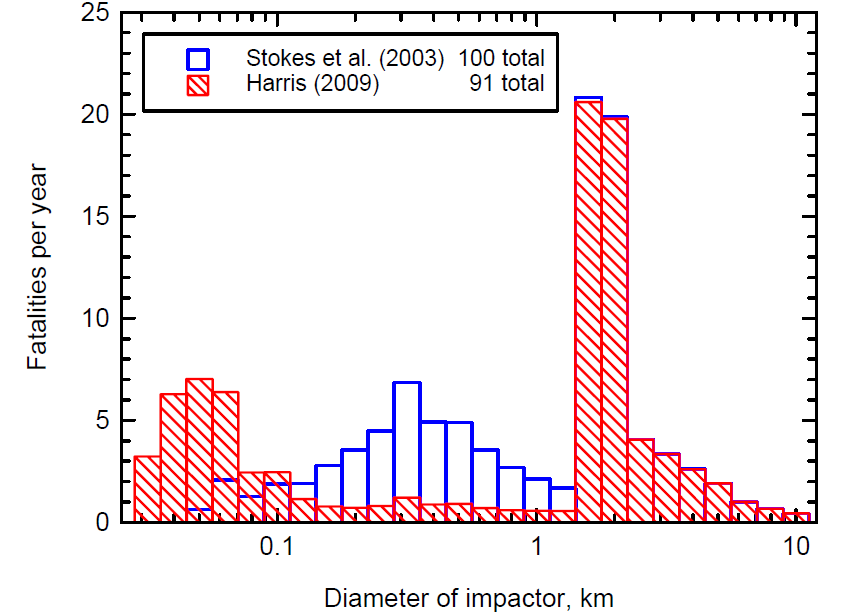
Ability to stack spectra horizontally in addition to the vertical stacked plots.Customize how NMR data is imported, such as selecting raw or processed data.Resolution Booster - A new algorithm for the resolution enhancement of 2D NMR spectra.“Unified Assignments”: A “unified” chemical shift is calculated from multiplets corresponding to different NMR experiments (e.g.The Assignments table shows chemical shifts and interval limits.Peaks and ranges are still supported, but are not recommended. Since version 14, 2D assignments can be made to 2D multiplets. The concept of 1D multiplets has now been extended to 2D multiplets.Selected multiplets are highlighted by hovering over the spectrum Simplified manual definition of multiplets.

See what molecules have been used in the prediction.13C NMR Prediction includes now one of the largest 13C HOSE code database available.Machine Learning, Increments, HOSE-code, etc) aimed at improving both the accuracy and precision of 1H and 13C NMR Predictions
 A new Ensemble NMR Prediction (Mnova BEST prediction) uses several prediction algorithms (e.g. Audit trail - Track and report any processing operation carried out on your Mnova document. Digital signature - Create identities & sign documents with them. Compliance tools have been implemented:. Insert page number, header and footer on Mnova document. Child annotations can be linked to spectrum scales.
A new Ensemble NMR Prediction (Mnova BEST prediction) uses several prediction algorithms (e.g. Audit trail - Track and report any processing operation carried out on your Mnova document. Digital signature - Create identities & sign documents with them. Compliance tools have been implemented:. Insert page number, header and footer on Mnova document. Child annotations can be linked to spectrum scales. 
 Objects are now transparent by default and customized drawing properties can be set as default. Example datasets available for download from Mnova program. Save and Import your Mnova configuration amongst computers (Export/Import scripts). We have integrated a new Electronic and Vibrational Spectroscopies (ElViS) module and as usual we have fixed several bugs. Even the obvious fact that in both cases are 6 dB of difference, it represents very different level changes to our hearing system (logarithmic scale!).īTW: I used a very limited audio recording/editing software in the time when we used MS-Windows 3.1 and that software had the logarithmic scale to show the audio waves.Mnova 14 is a major release that incorporates many new features in NMR, MS, NMRPredict and Screen plugins as well as others. I’m talking about we are more sensitive to the changes between 0 and -6 dB than a change between -15 and -21 dB. The audio wave shown in the Audacity tracks should be looked most near to our ears are accustomed. Why logarithmic scale? Simple: This is the way our hearing system works, period! It is not something like a personal election of someone. I just wonder why Audacity uses that linear scale, which is not used in the real audio world (I don’t know any audio recording machine, digital or analog, with any other than the logarithmic scale). I’m not a programmer, sorry!!! I’m just a music teacher and audio technician, sorry!
Objects are now transparent by default and customized drawing properties can be set as default. Example datasets available for download from Mnova program. Save and Import your Mnova configuration amongst computers (Export/Import scripts). We have integrated a new Electronic and Vibrational Spectroscopies (ElViS) module and as usual we have fixed several bugs. Even the obvious fact that in both cases are 6 dB of difference, it represents very different level changes to our hearing system (logarithmic scale!).īTW: I used a very limited audio recording/editing software in the time when we used MS-Windows 3.1 and that software had the logarithmic scale to show the audio waves.Mnova 14 is a major release that incorporates many new features in NMR, MS, NMRPredict and Screen plugins as well as others. I’m talking about we are more sensitive to the changes between 0 and -6 dB than a change between -15 and -21 dB. The audio wave shown in the Audacity tracks should be looked most near to our ears are accustomed. Why logarithmic scale? Simple: This is the way our hearing system works, period! It is not something like a personal election of someone. I just wonder why Audacity uses that linear scale, which is not used in the real audio world (I don’t know any audio recording machine, digital or analog, with any other than the logarithmic scale). I’m not a programmer, sorry!!! I’m just a music teacher and audio technician, sorry!








 0 kommentar(er)
0 kommentar(er)
